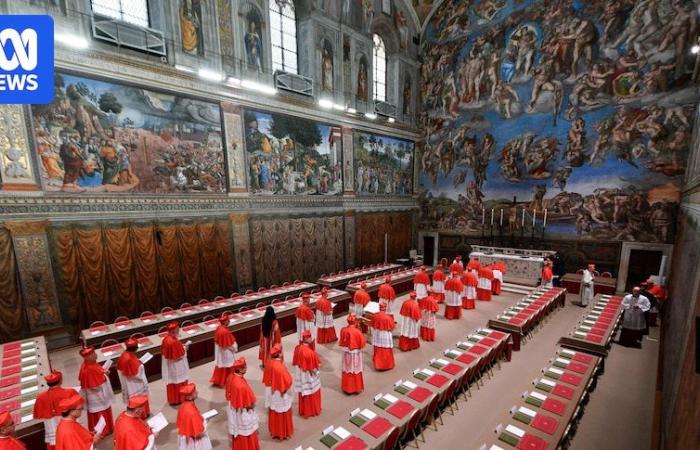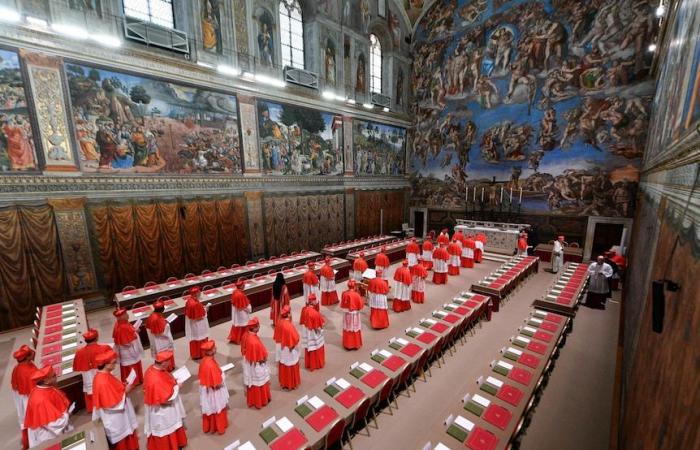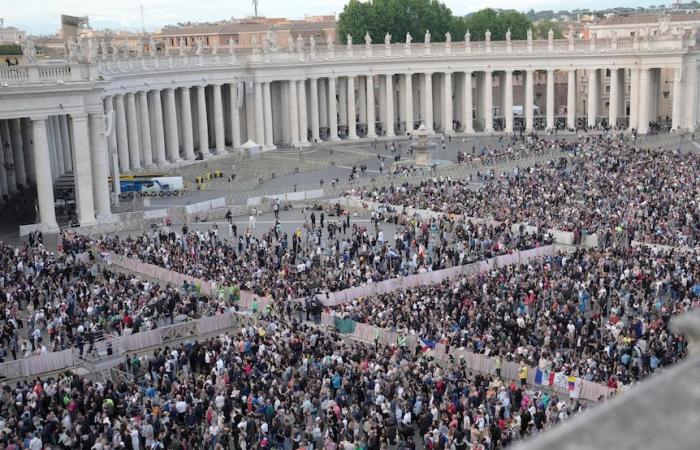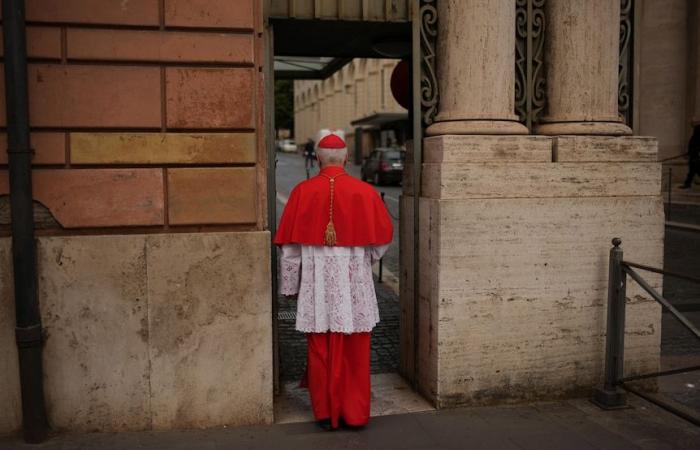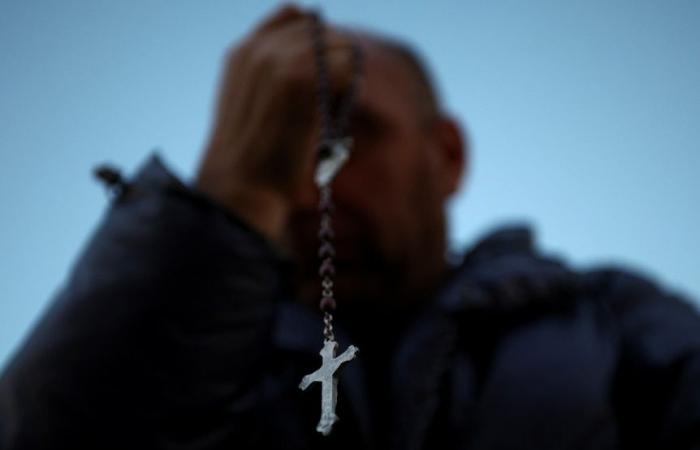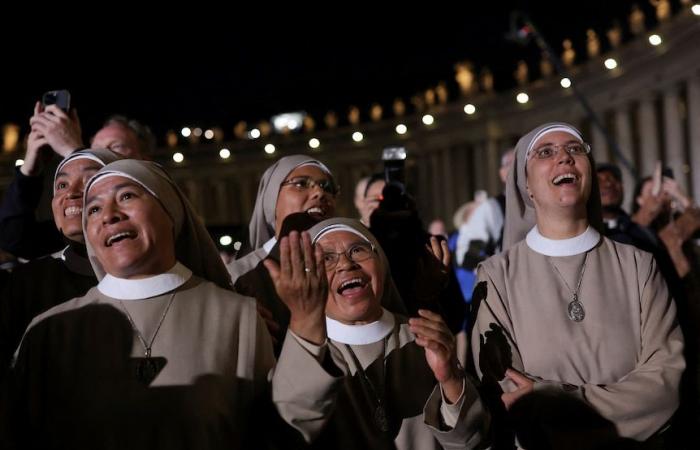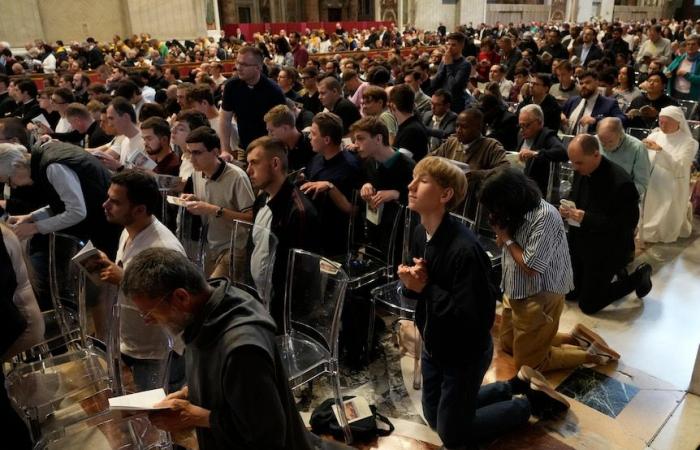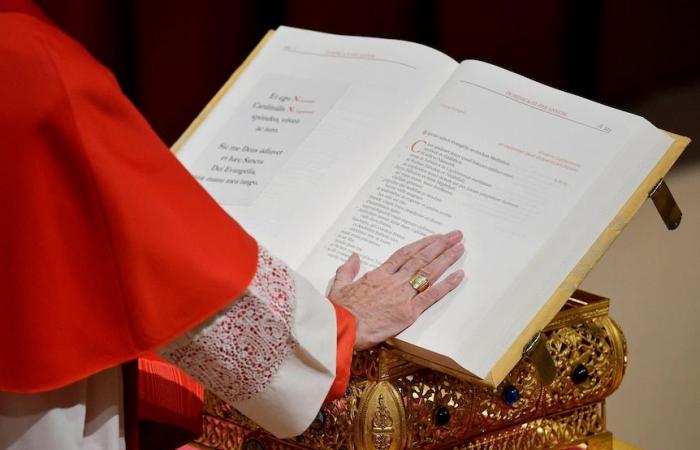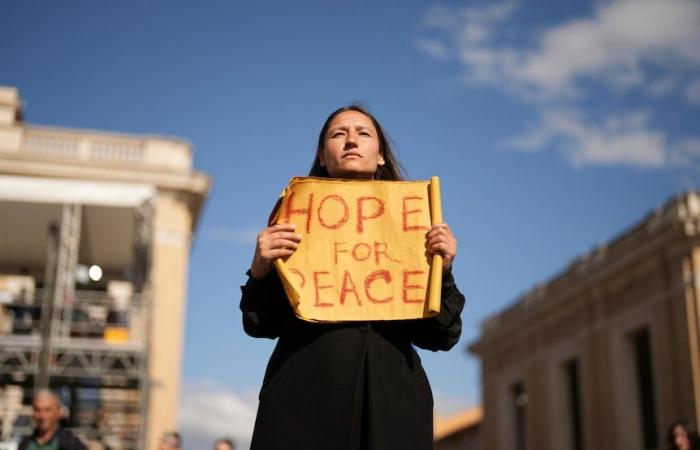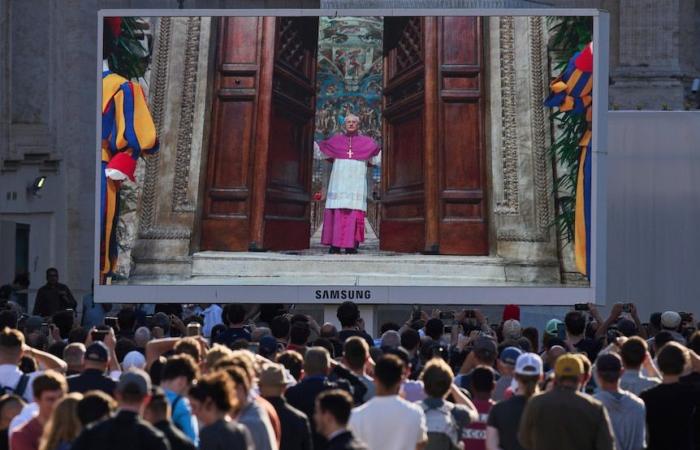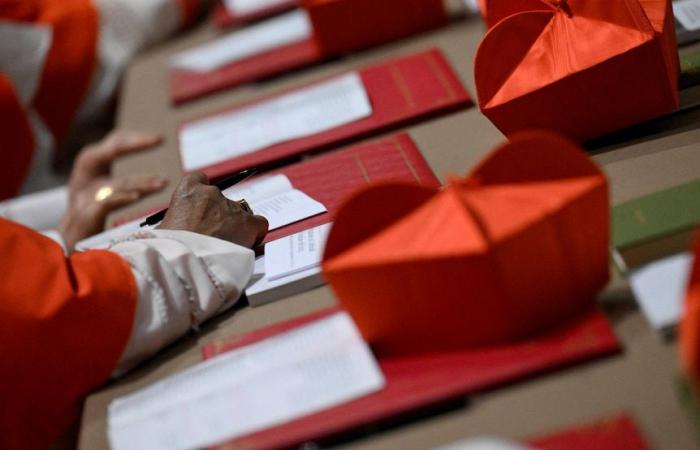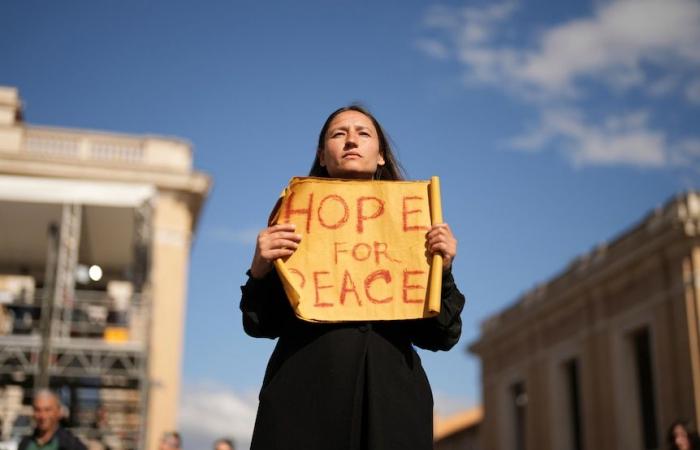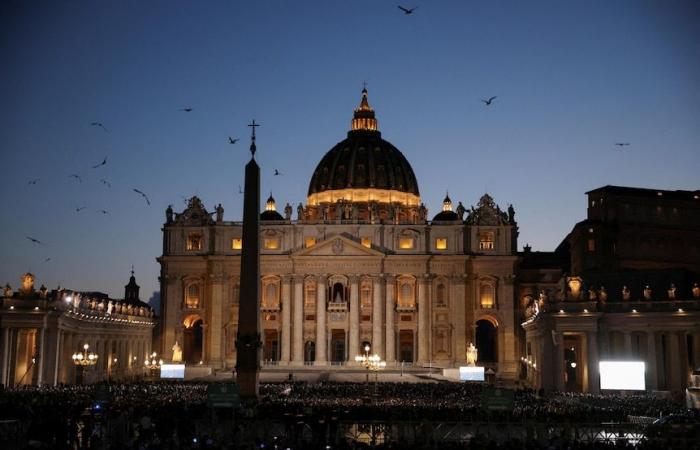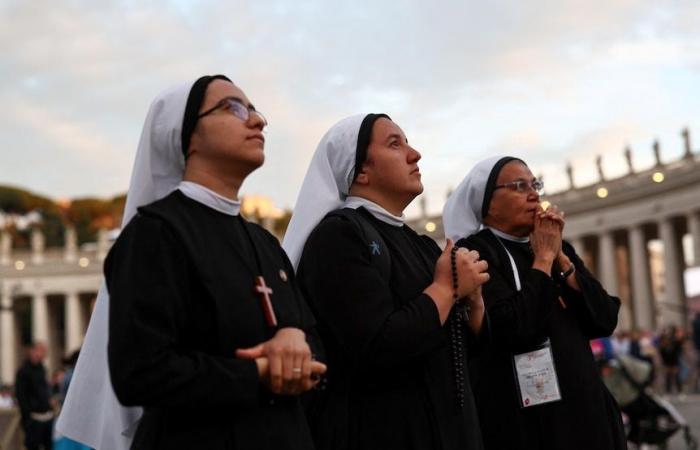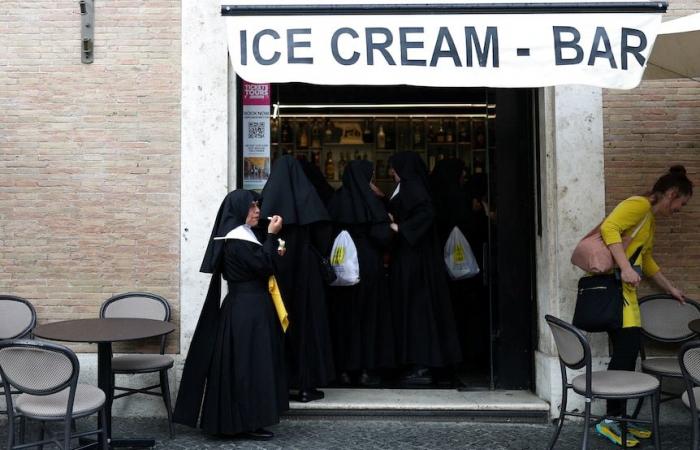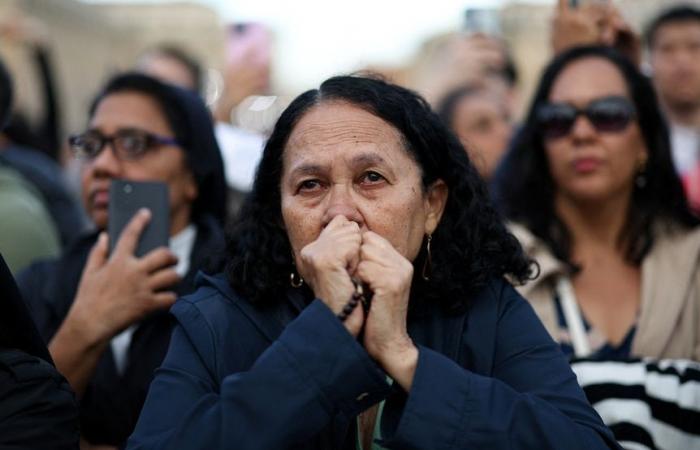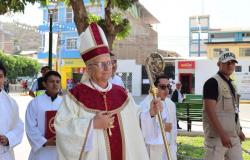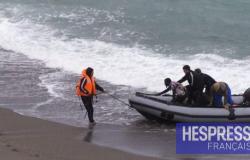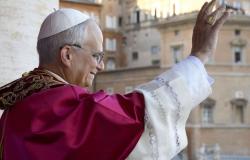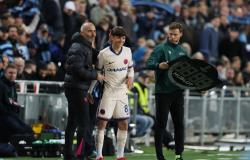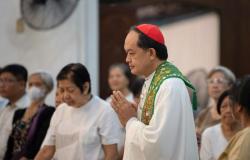As the sun set over St Peter’s Square, black smoke began to rise from the temporary chimney of the Sistine Chapel.
A new pope had not been elected on day one of the Catholic papal conclave.
From 70 different countries, the 133 eligible Catholic Church cardinal electors who descended on the Vatican have been tasked with identifying the next pontiff to replace the late Pope Francis.
Thousands more faithful followers of the church had gathered in the square outside the chapel, eagerly awaiting the only sign available to them of the nature of cardinal deliberations — a chimney on the horizon.
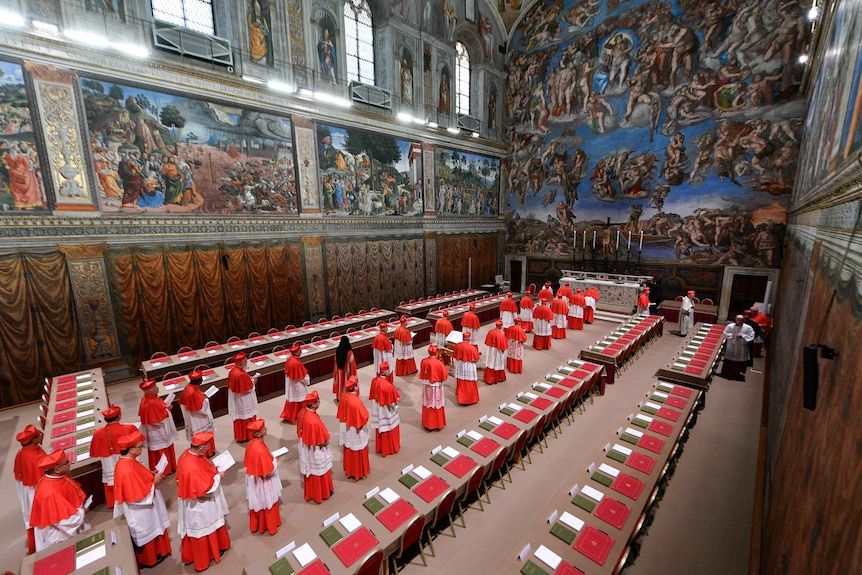
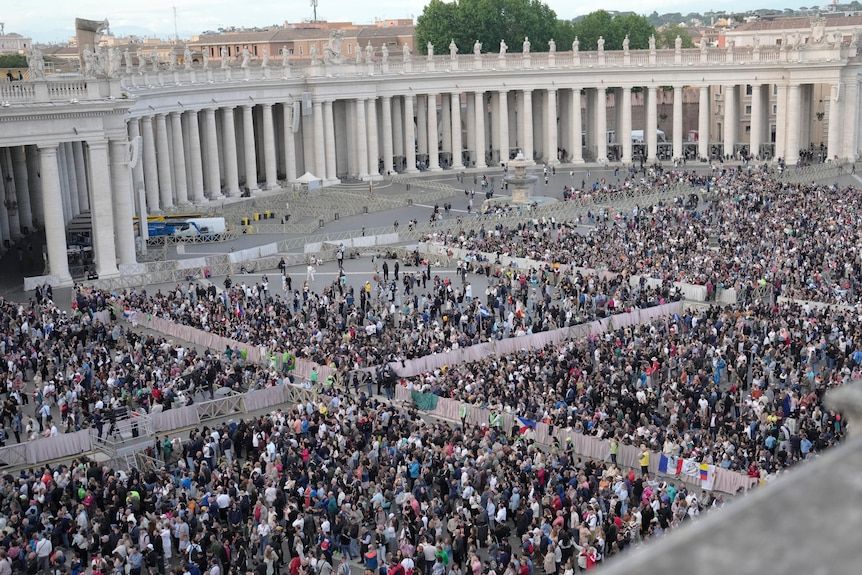
The crowds had to be patient as it took longer than expected for the smoke to rise — more than 3 hours after the start of the conclave.
This was an hour more than it took for smoke to be seen after the first vote in the 2013 conclave that picked Francis.
When a pope is elected, white smoke will rise. While this had not been expected on Wednesday, some cardinals said this week that they had hoped to wrap things up by Thursday or Friday as a show of unity.
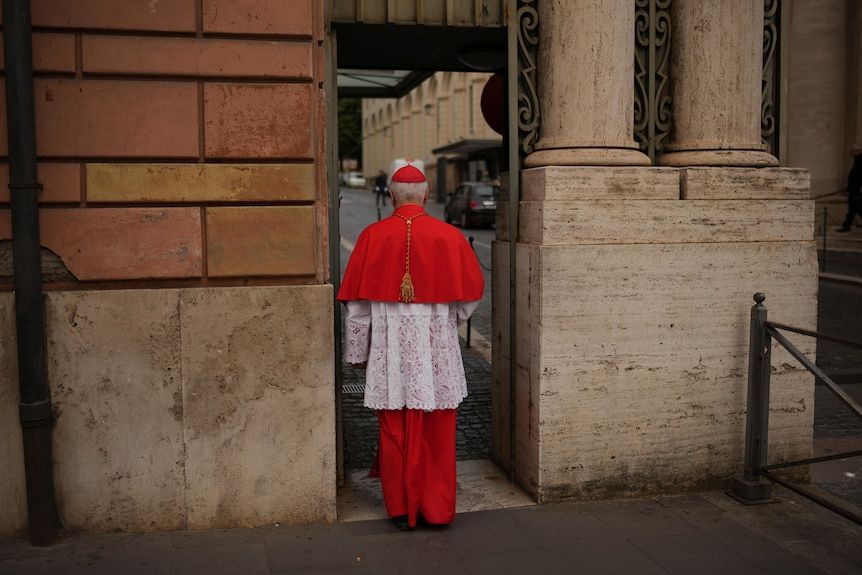
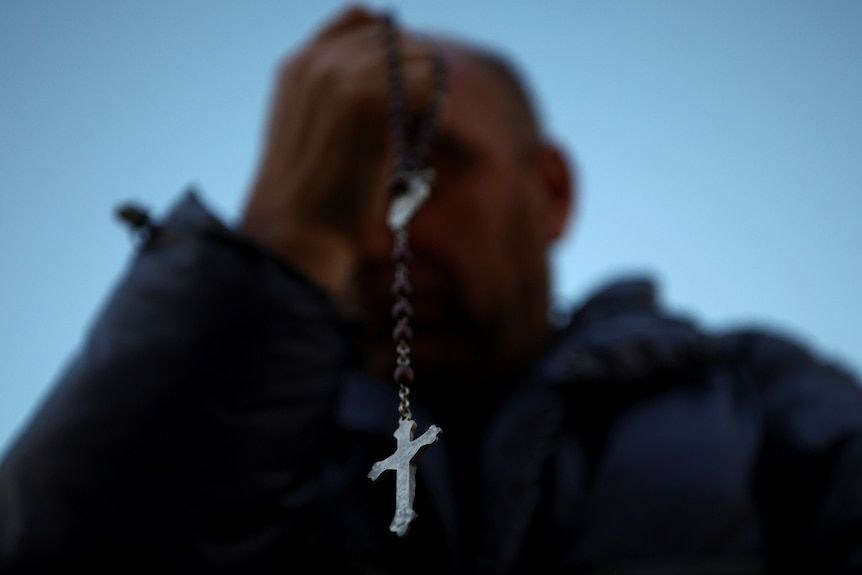
As night fell over the Vatican, the crowds swelled with many young people and children. Some sang hymns while others danced. One young woman showed off her black miniature poodle dressed as the pope.
Giant television screens that had earlier streamed a solemn procession of cardinals went black at 9pm local time (5am AEST), eliciting groans from the crowds.

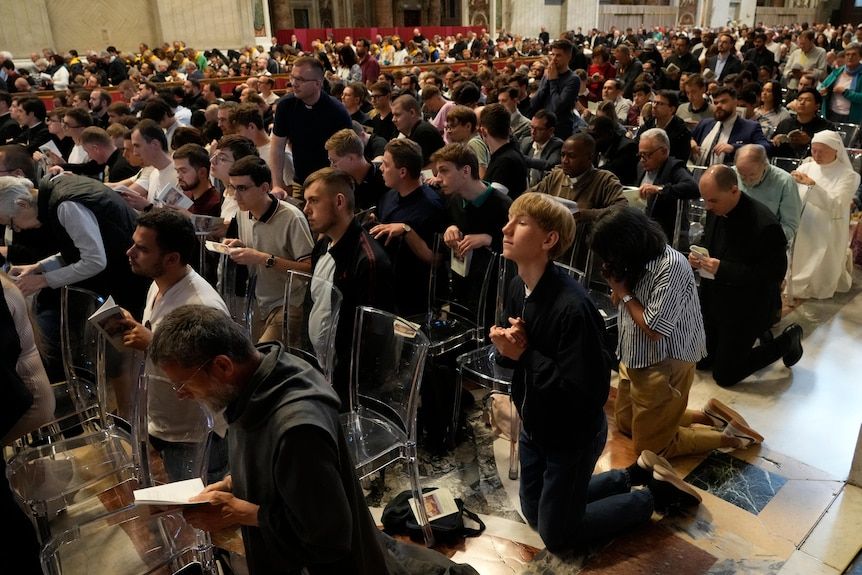
The cardinal electors had gathered in the Pauline Chapel in silent prayer before proceeding to the 15th-century Sistine Chapel, where tables and chairs were laid out beneath Michelangelo’s frescoes.
They took a group oath of secrecy before each cardinal approached the altar to utter his personal vow not to reveal what happened in the conclave.
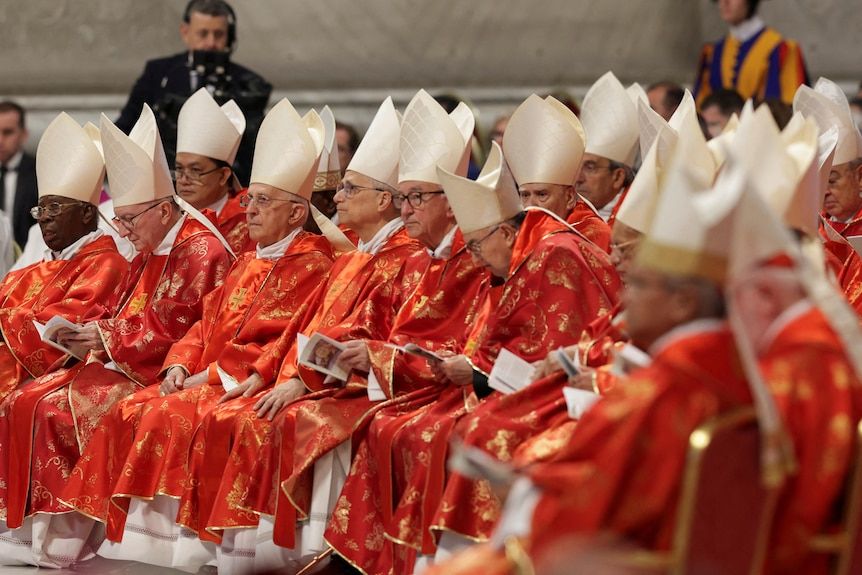
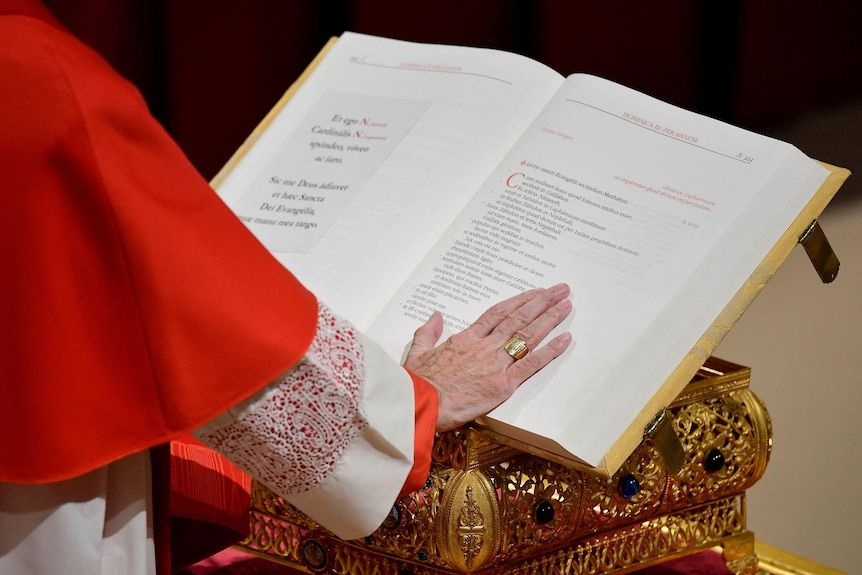
According to a Vatican video feed, they filed up one by one in front of the Renaissance master’s depiction of the Last Judgement.
The conclave’s master of ceremonies then declared “Extra omnes” — a Latin term for “Everybody out” — and shut the chapel’s heavy doors.
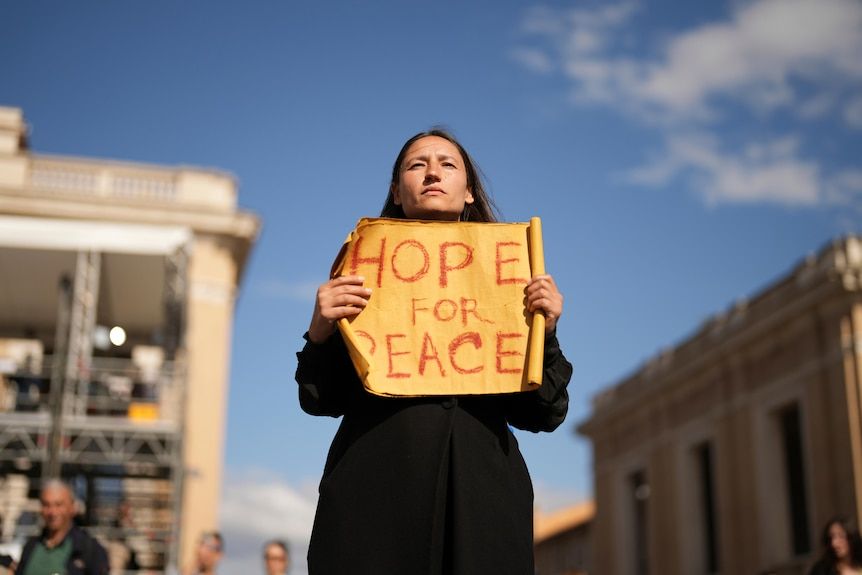
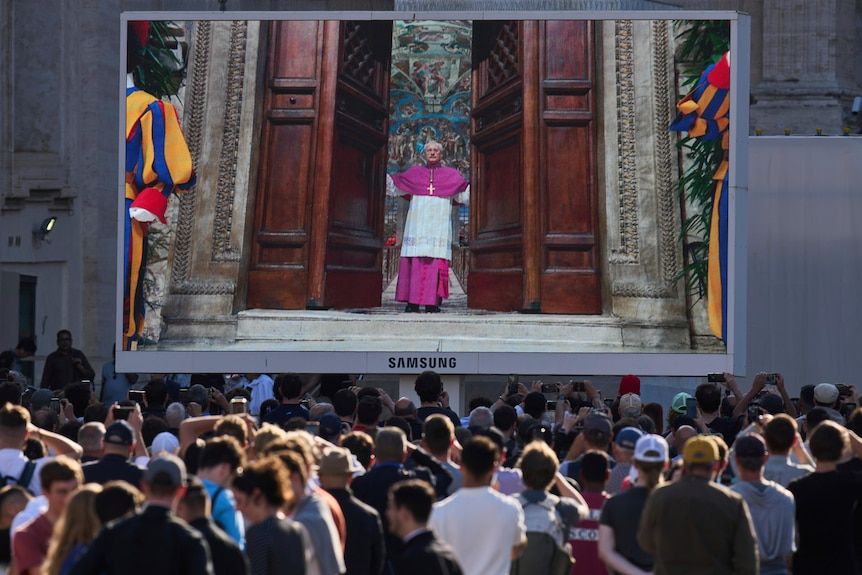
Under a centuries-old ritual, eligible cardinals aged under 80 vote in secrecy in the Sistine Chapel until one of them secures a two-thirds majority of 89 votes to be elected pope.
-This conclave is the largest and the most international ever, and, prior to the chapel shutting, there was no clear frontrunner to succeed Francis.
The challenges facing the 2,000-year-old Catholic Church and the next pontiff are clear: A diplomatic balancing act at a time of geopolitical uncertainty, as well as deep splits within the Church.
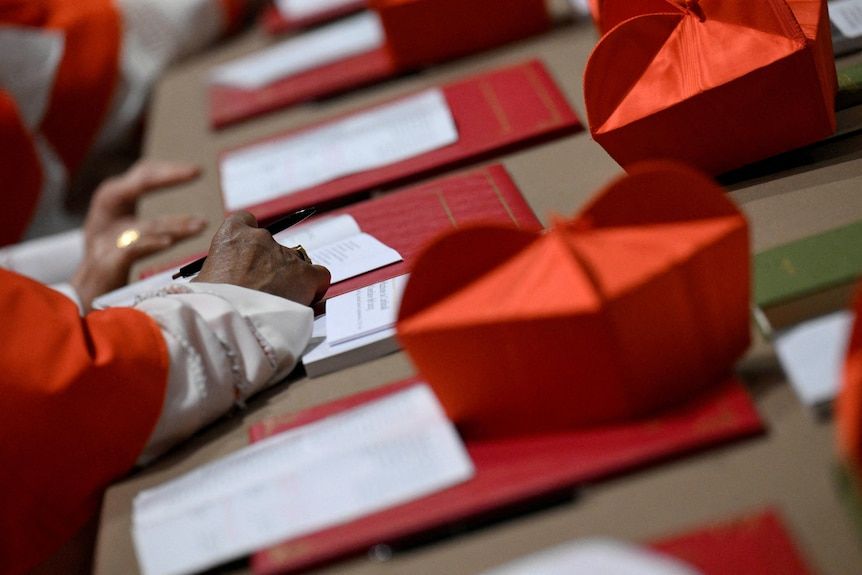
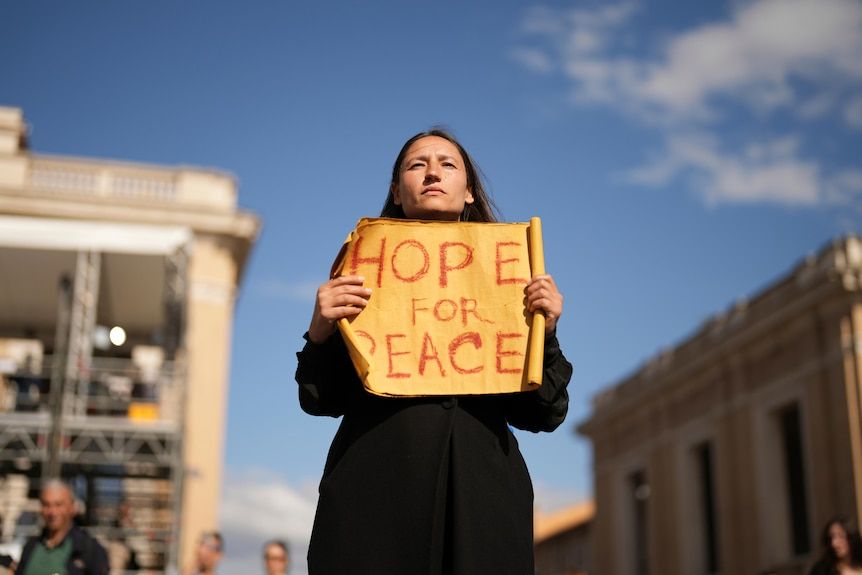
After Wednesday’s single round of voting, the red-hatted “princes of the Church” will hold two votes in the morning session and two in the afternoon in coming days.
Modern papal conclaves are typically short. The 2013 conclave lasted just two days, likewise in 2005 when Francis’s predecessor, Benedict XVI, was elected.
In a sermon ahead of the conclave, Italian Cardinal Giovanni Battista Re, who at 91 is too old to take part in the vote, told his fellow prelates they must set aside “every personal consideration” in choosing the new pontiff and keep in mind “only … the good of the Church and of humanity”.
He also suggested the next pope had to respect diversity within the Church: “Unity does not mean uniformity, but a firm and profound communion in diversity,” he said.
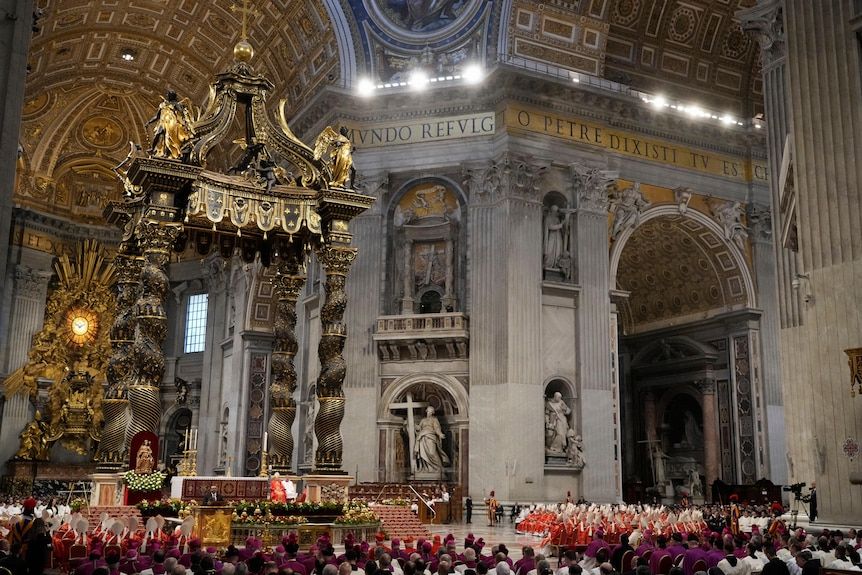
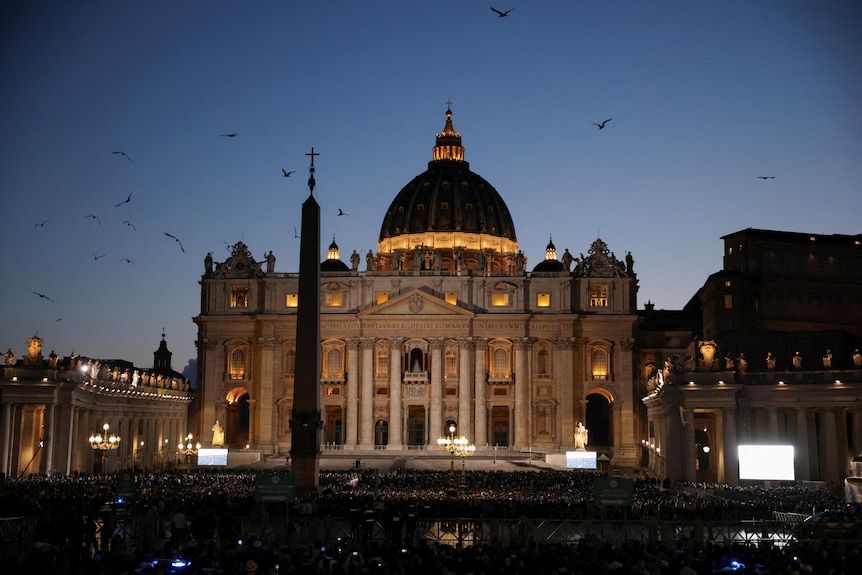
Among cardinals’ considerations will be whether they should seek a pope from the global South, where congregations are growing, as they did in 2013 with Francis from Argentina, or hand back the reins to Europe — or even pick a pope from the United States for the first time.
The cardinals have also spent days discussing the most pressing challenges facing the Catholic Church and the character traits its new leader needs.
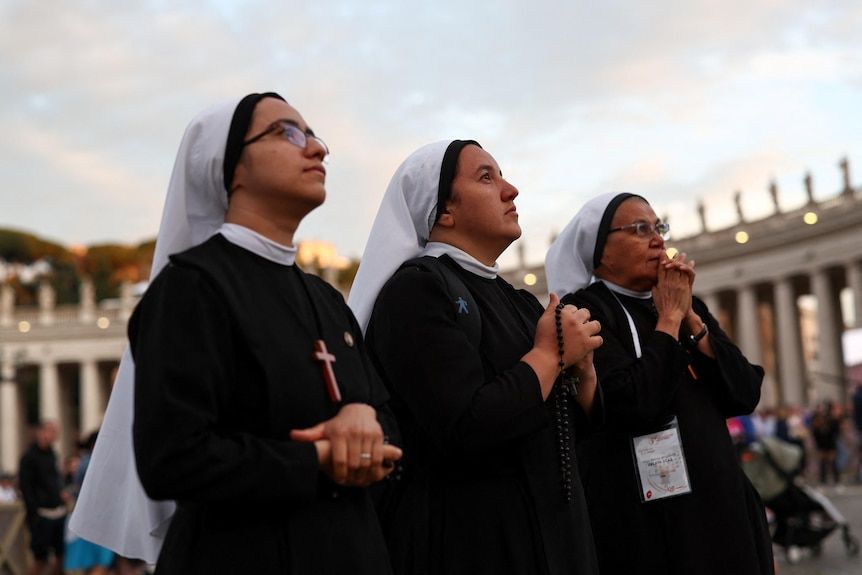
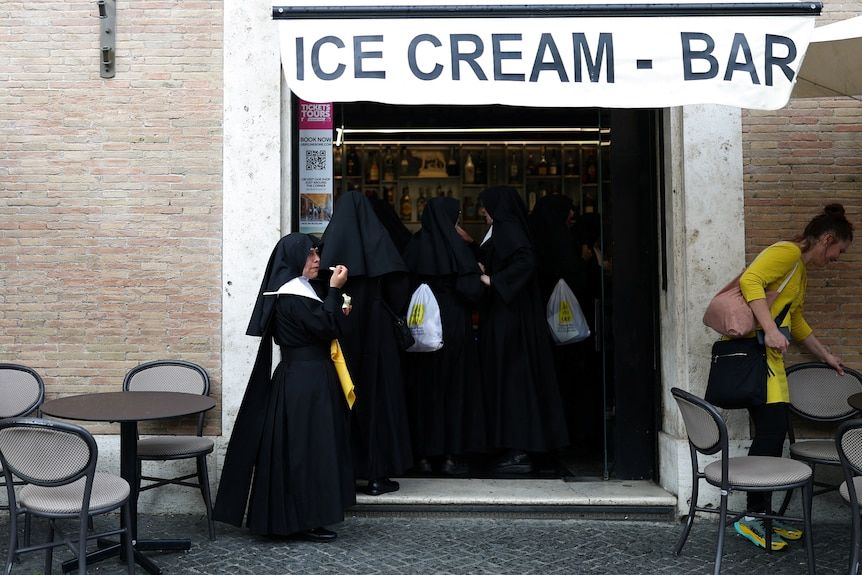
Burning issues include falling priest numbers, the role of women, the Vatican’s troubled balance sheets and how to adapt the Church to the modern world.
Some 80 per cent of the cardinals voting in the conclave were appointed by Francis — who was considered an impulsive yet charismatic champion of the downtrodden.
While cardinals have said they would favour a leader able to protect and develop his legacy, others want a more conservative defender of doctrine.
For now, the eyes of the world are on the Vatican and the Sistine Chapel’s temporary chimney.
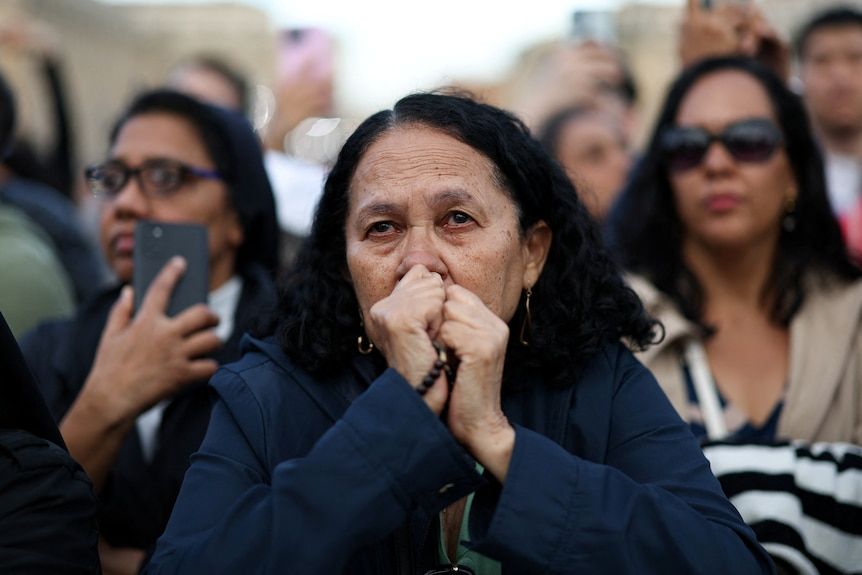
ABC/wires

